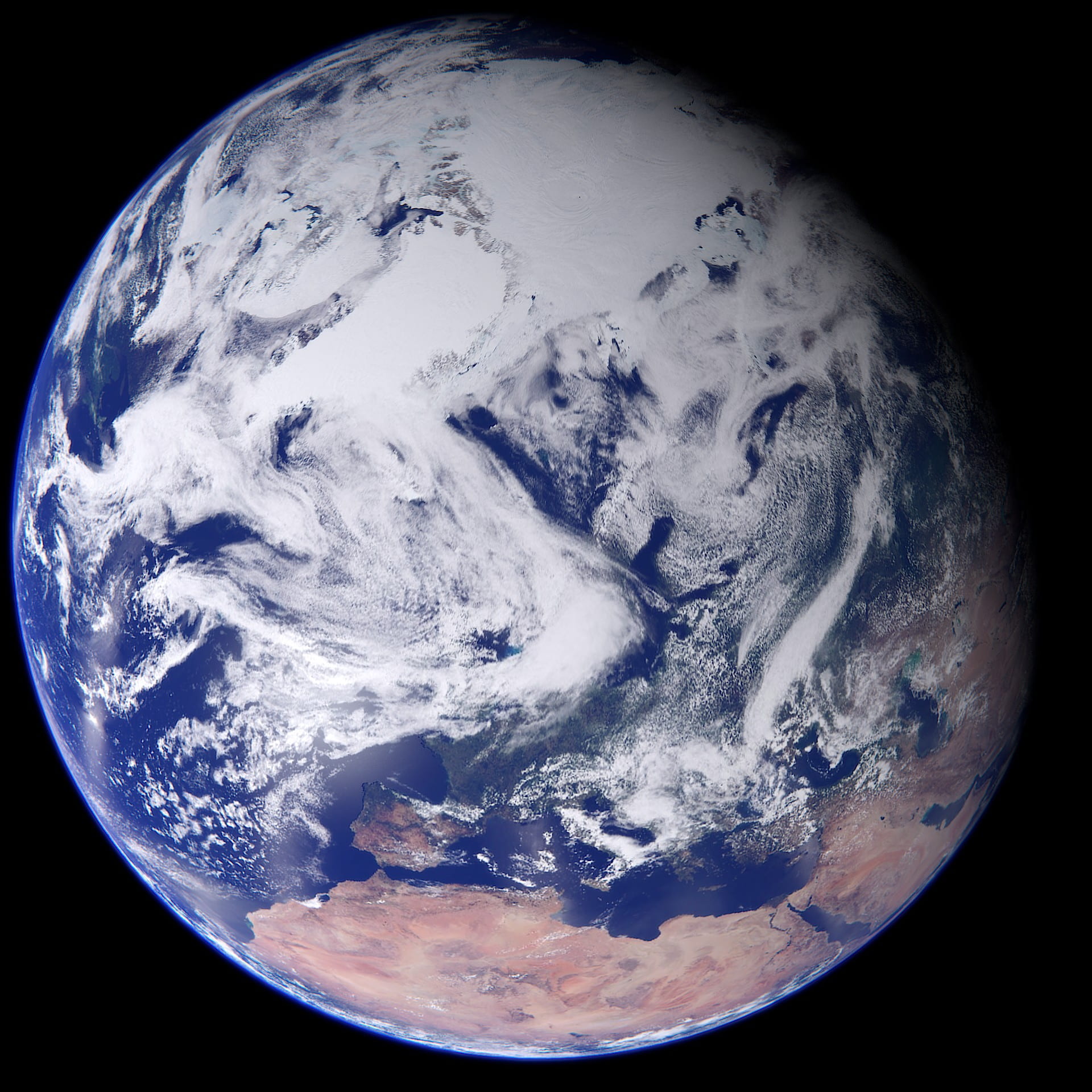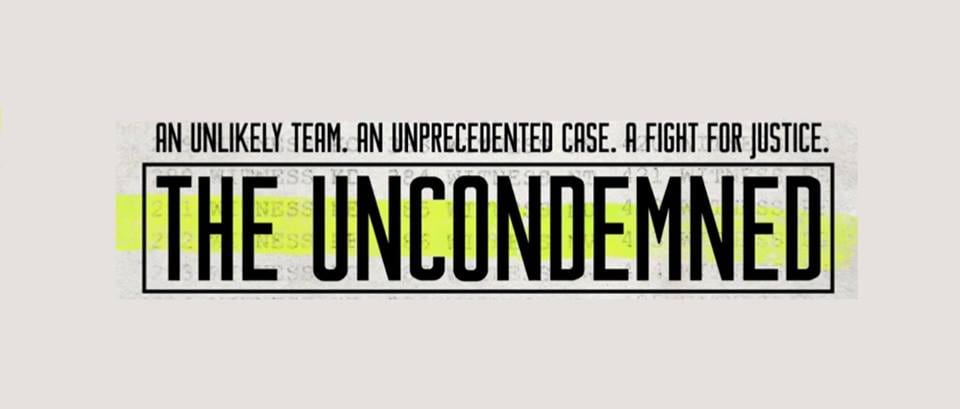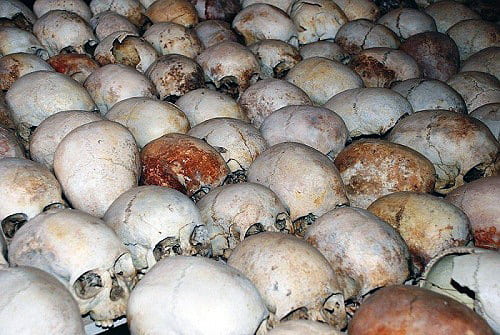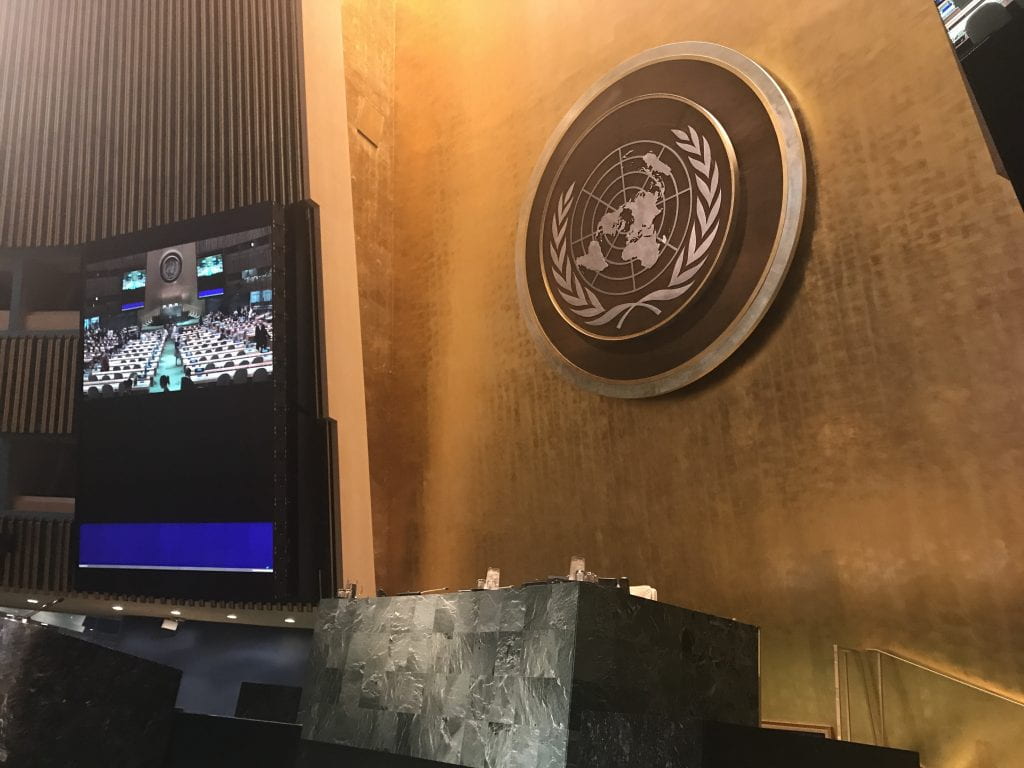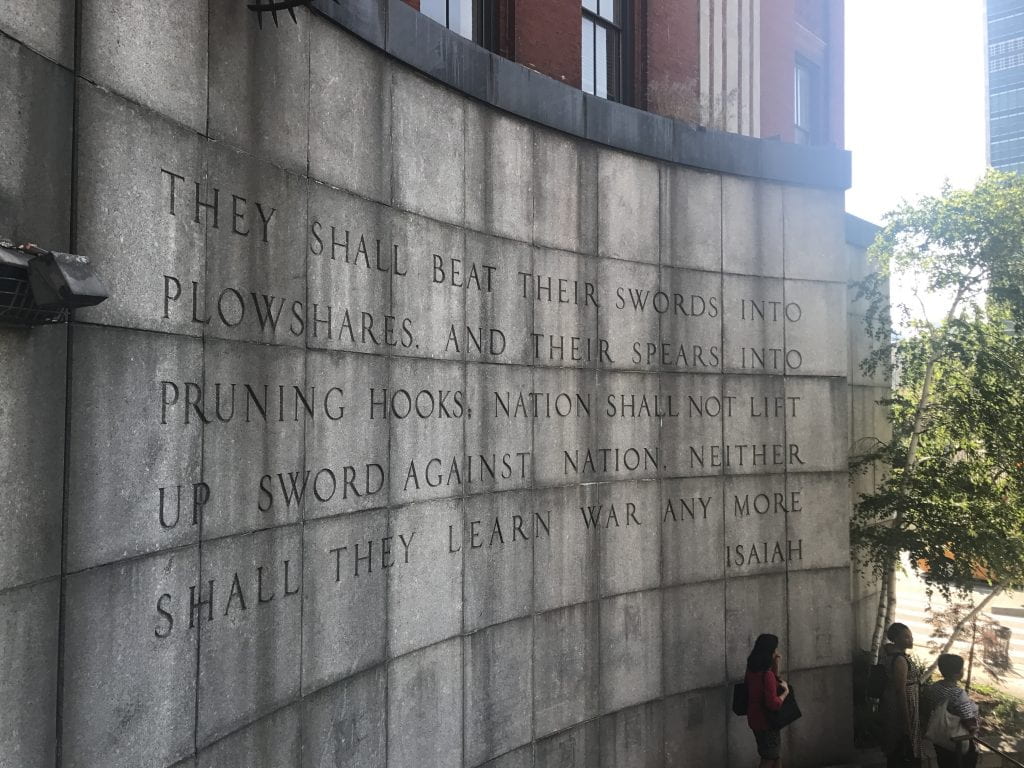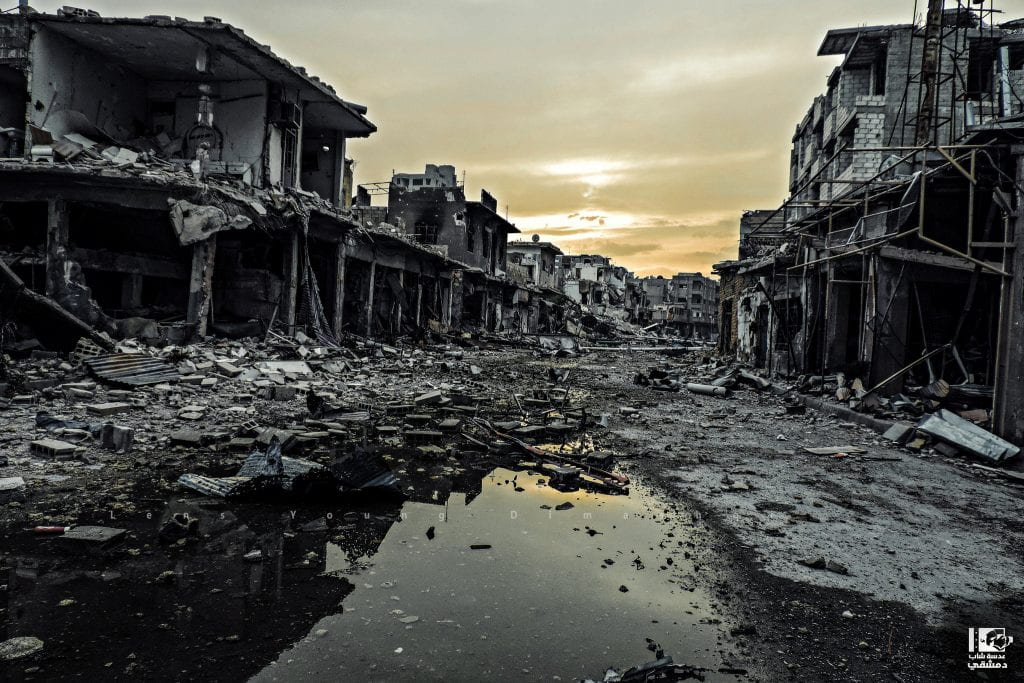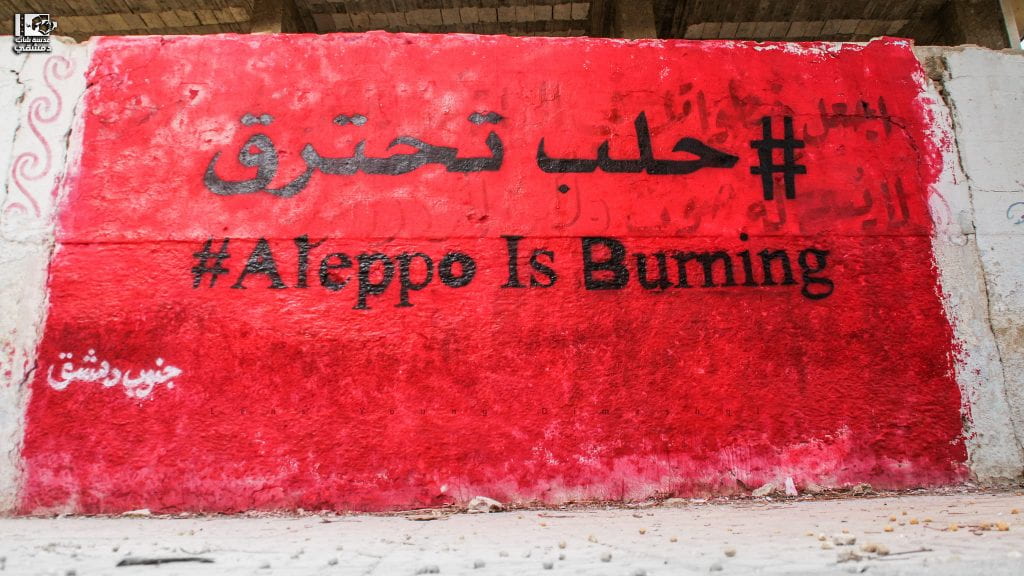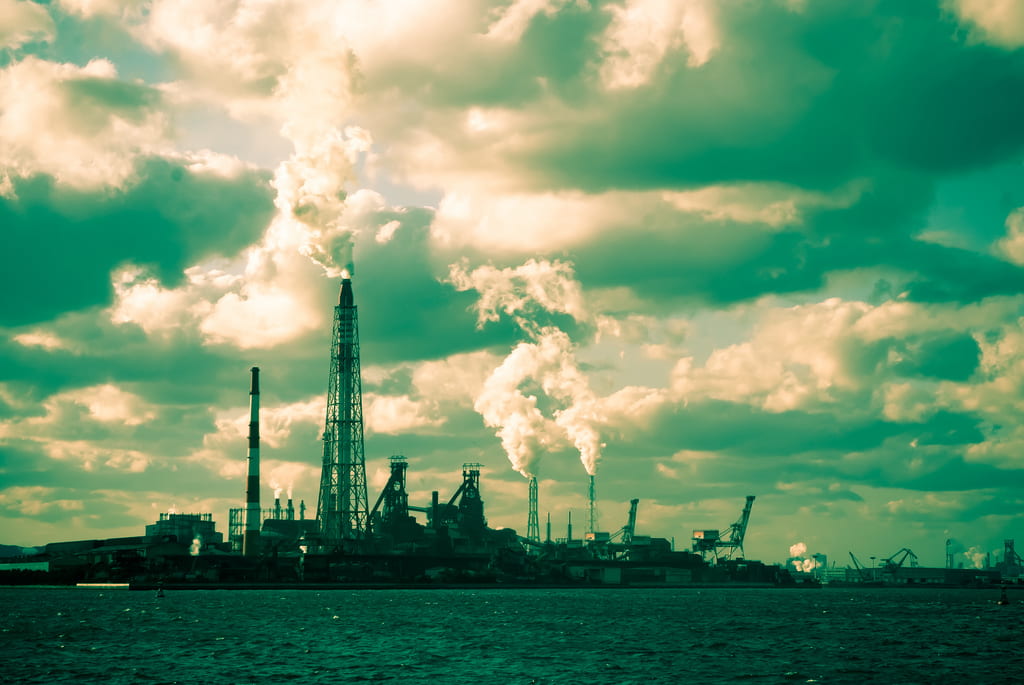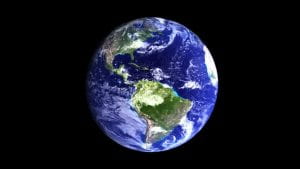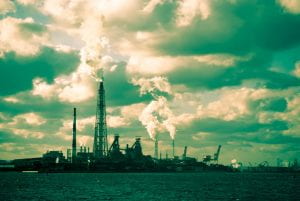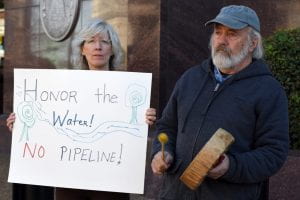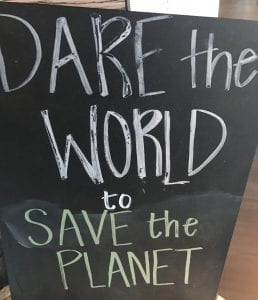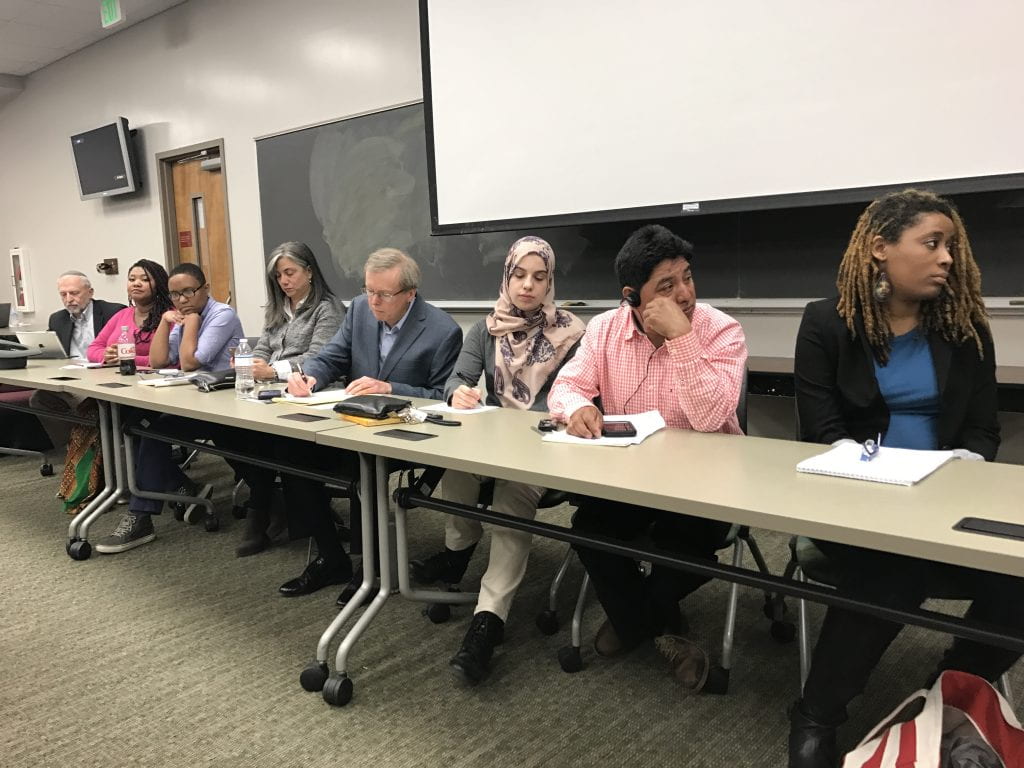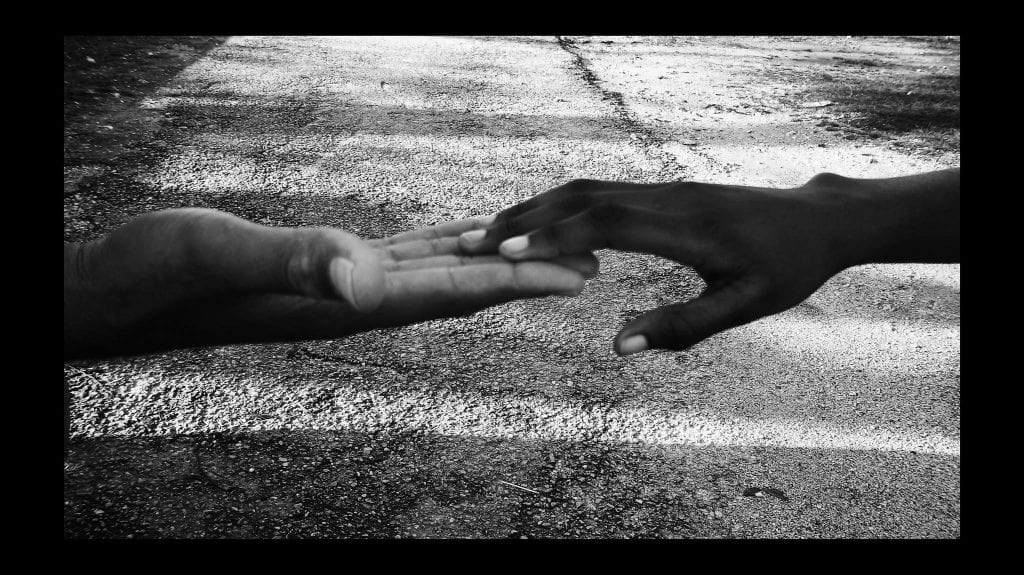co-authored Tyler Goodwin and Nicholas Sherwood
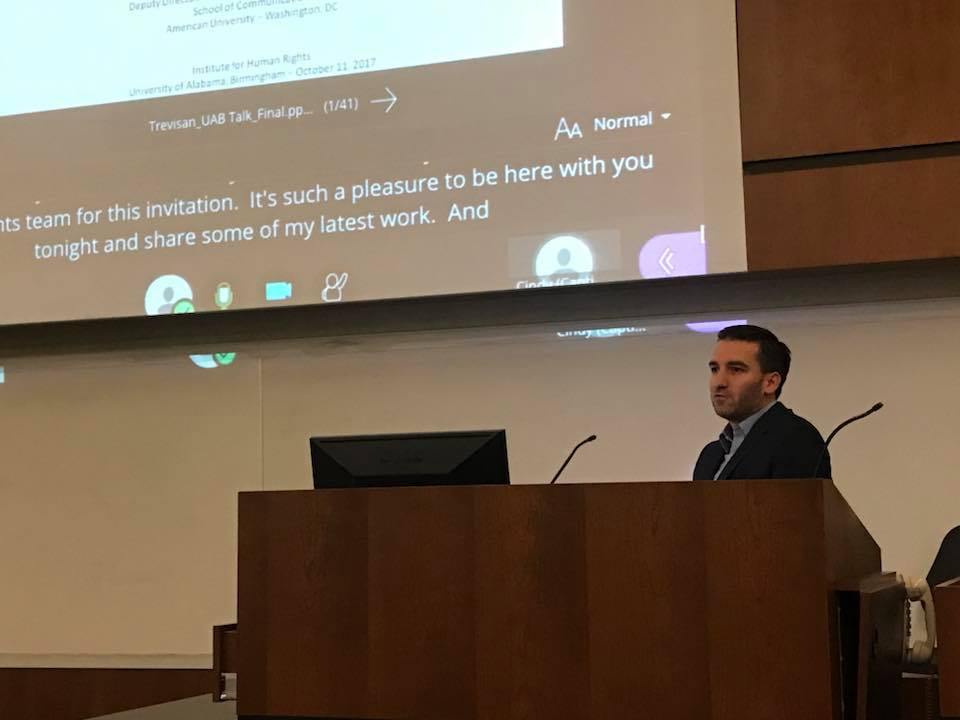
On Wednesday, October 11, 2017, the UAB Institute for Human Rights sponsored an event titled: “Using Digital Story Telling to Promote Disability Rights.” This event featured Dr. Filippo Trevisan, Assistant Professor of Communications at American University in Washington, D.C. Dr. Trevisan is a disability rights advocate whose research features the use of technology to enhance accessibility for persons with disabilities. He is the Deputy Director of the Institute on Disability and Public Policy at American University, and an accomplished author, who released his book, Disability Rights Advocacy Online, last year. Dr. Trevisan’s presentation attempts to answer the question of how advocacy effectively inspires policy change for marginalized populations- most notably, for the disabled community.
Disability Rights
When the United Nations codified the Convention on the Rights of Persons with Disabilities, disability rights were first established at the international level of governance. This Convention is notable for its inclusion of actual persons with disabilities in the creation of this legal document, and for good reason. Persons with disabilities have long had to self-advocate for their rights, and the potency of grassroots efforts for disability rights distinguish this rights movement from other human rights movements. Dr. Trevisan, through the lens of information and communication technology, aimed to understand how formalized rights were impacted by the grassroots efforts of persons with disabilities.
Dr. Trevisan spoke of how Information and Communication Technologies (ICTs) have significantly impacted the world of disability rights. The United Nations Educational, Scientific and Cultural Organization (UNESCO) says that ICTs have allowed persons with disabilities to “enhance their social, cultural, political and economic integration in communities by enlarging the scope of activities available to them.” ICTs have promoted self-advocacy by allowing persons with disabilities to directly participate in any number of activities by directly getting their voice heard- middlemen are no longer required for persons with disabilities to get their issues out into the world. By surpassing several links in the communication process, the voices and narratives of persons with disabilities are more authentically communicated to policy makers and all levels of governance: local, regional, national, and international.
By skipping these ‘middlemen’, the effectiveness of a message (such as advocacy for disability rights) is more prominent, and the intended effect (policy change) is more directly linked to the advocate. According to Trevisan, two main communication styles are used by disability rights advocates to persuade policy-makers.
Emotional Appeal Versus Rational Arguments
Breaking down the rhetoric used by disability rights advocates, Trevisan elucidated on two primary forms of persuasive messages: messages appealing to emotion and messages appealing to reason. Emotional appeals typically feature personal narratives, eliciting feelings of empathy and sympathy by the receiver of the message. By contrast, rational arguments (i.e. appealing to reason) offer evidence-based arguments in support of policy change. A challenge of human rights advocates (in this case, disability rights advocates) is deciding which, or in what combination, of these persuasive tactics is most likely to achieve the desired outcome.
Historically, policy-makers have favored (or been more susceptible to) appeals to reason, as evidence-based arguments offer a more sound and predictable argument for policy change (or lack thereof). However, upon analyzing cases in the United Kingdom and United States, Trevisan documented a noticeable modal shift in successful argument tactics. Instead of favoring rational appeals, policy-makers are starting to respond and succumb to emotional appeals; this change is most clearly documented in policies related to persons with disabilities. This has huge implications for advocacy efforts and policy-makers alike. Bygone are the days where statistics and figures hold greater weight than personal narratives and stories. Perhaps we do indeed live in a “post-fact world” (though hopefully not). The question now becomes: why are emotional appeals more effective than rational arguments? And how can we marry these two approaches to achieve both: 1) successful persuasion of policy-makers to codify human rights and 2) create the emotional appeal from a sound and practical argument?

The Power of Stories
The answer to the first question lies in the power of story; Trevisan argues the impact of personal story-sharing in disability rights advocacy cannot be overstated. The importance of persons with disabilities telling their personal stories has proven to be very effective when it comes to advocating for their rights, and Dr. Trevisan mentioned two critical components to story telling: 1) the voice of the person telling the story, and 2) the storyteller feeling his or her voice is heard. Dr. Trevisan states his research led him to find “individuals [with disabilities] are now able to participate in crowd-sourced campaigns, and they want to.” He goes on to say persons with disabilities generally feel authentic in their narrative-sharing and the significant strides in disability rights implementation (for example, the CRPD) shows their voices are being hear.
Persons with disabilities have been particularly effective in their use of crowdsourcing- the virtual participation in efforts such as rights-advocacy. While crowd-sourcing has been a great way to get stories out into the world, the particular mixture of rational vs. emotional components is up for debate. How narrow should the stories be? If someone has to edit these stories, who should it be and what gives them the right to do so? Should there be no editing of the stories? If not, what if the stories do not pertain to the cause? Is it right to cut out someone’s story that they want to tell? How can we (consumers of information) be sure we are receiving an authentic and genuine message from a credible source (especially in a “post-fact world”)?
Dr. Trevisan’s cunning research of story-telling in disability-rights advocacy suggests the paradigm of successful policy change is shifting: from rational appeal to emotional connection, from the presentation of hard facts to the telling of personal stories. Moving forward with this new knowledge, human rights researchers and advocates must find a way to marry objective reality with the subjective story of humanity.
For a list of our upcoming events, please visit our events page.
